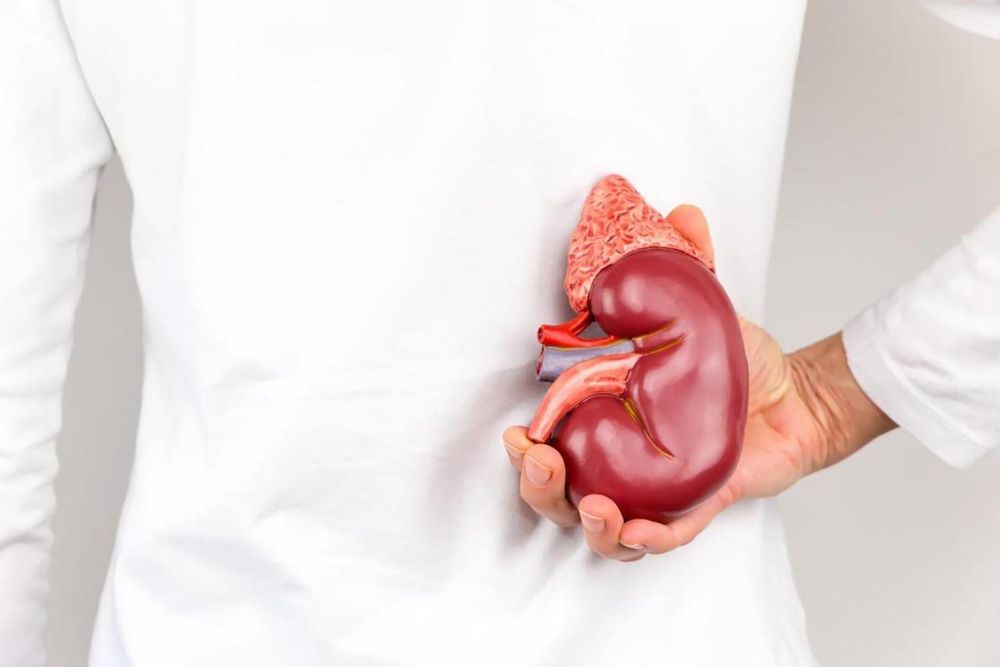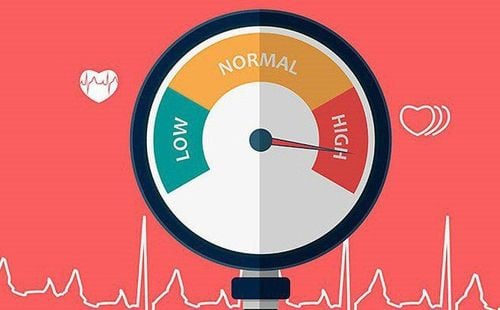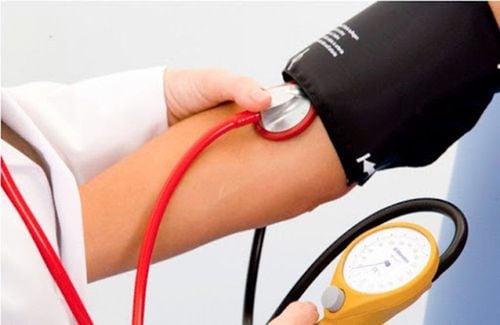This is an automatically translated article.
The purpose of the Renin test is to determine the Active Renin concentration. This is an essential test for patients with high blood pressure from a young age. Performing a Renin test helps find the exact cause of the disease, thereby assisting the doctor in providing an effective treatment regimen.
1. What is Renin?
Renin is an enzyme that helps control blood pressure. It is made by special cells in your kidneys.
When your blood pressure drops too low or your body doesn't have enough salt, renin is released into your bloodstream. That triggers a chain reaction that produces a hormone called angiotensin, and the adrenal glands release another hormone called aldosterone. Angiotensin makes blood vessels narrower, aldosterone causes the kidneys to retain salt and fluid. Both of those things can raise your blood pressure. If that process is out of balance, blood pressure will get too high.
2. Meaning of the renin test
Usually your doctor will have you do a renin and aldosterone test at the same time. A nurse will take a sample of your blood and send it to a lab. The test results will tell you if your renin and aldosterone levels are high, low, or normal.
Thông thường bạn có thể được chỉ định xét nghiệm renin cùng với aldosterone
The adrenal glands are not producing enough hormones (Addison's disease or other adrenal insufficiency) Bleeding (hemorrhage) Heart failure High blood pressure due to narrowing of the renal arteries Scarring poor liver and liver function (cirrhosis) Loss of body fluids (dehydration) Kidney damage causing nephrotic syndrome Kidney tumor Sudden and very high blood pressure (malignant hypertension) Low renin levels can It is caused by:
The adrenal glands secrete too much of the hormone aldosterone (hyperaldosteronism) High blood pressure is sensitive to salt Antidiuretic hormone (ADH) treatment Treatment with steroids causes the body to retain salt Levels are normal
In normal people, plasma renin values are measured at 4.66-31.9 ng/L. Depending on each patient with different lifestyle, the range of values will also change:
For adults, with a normal sodium diet: in the standing position is 0.7 - 3.3 ng/ ml/h ; in the lying position is 0.2 - 1.6 ng/ml/h. For adults, adjusted to a reduced sodium diet: 4.2 - 19.8 ng/ml/h in standing position; in the lying position is 0.4 - 3.2 ng/ml/h. If you have high blood pressure, your doctor may order renin and aldosterone tests to help determine the cause of your high blood pressure. The results can help your doctor decide which medication or other treatment will work best for you.
Recommended video: What to eat, what to abstain from high blood pressure?
3. Notes before performing the Renin test
You should ask your doctor about what to do before the test to ensure accurate results. A few things to keep in mind before having the test done are:Medications: You may need to stop taking certain high blood pressure medications, diuretics, hormones, steroids, or some over-the-counter pain relievers. in a period of time. Make sure your doctor knows all the medications and supplements you take. Salt: Your doctor may ask you to cut back on salt for a few days. Severe illness: You should not have the test if you are very ill, because your aldosterone levels may be abnormally low. Renin levels can be affected when you're pregnant, or under stress. Your renin and aldosterone levels are highest in the morning and can vary throughout the day. The test results may also be different if you were sitting up or lying down when the blood was drawn.

Bạn có thể phải cắt giảm lượng muối trong vài ngày trước khi thực hiện xét nghiệm
4. How is the renin test done?
Renin test is done quite simply, you can choose 1 of 2 blood collection positions: Standing upright or lying on your back. If taking blood in the supine position, before taking the blood sample, you should lie down comfortably for 1-2 hours.
After resting, the medical staff will perform disinfection operations around the blood collection area and draw blood as usual. The site of blood collection is the arm vein.
In case of blood collection in an upright position, the patient should walk gently or rest in a standing position for 30 minutes to 1 hour, then the patient will sit for the medical staff to manipulate the blood collection.
When the needle is inserted to draw blood, some people feel mild pain. Others just feel stinging. After that, there may be a slight sting or a slight bruise. These will soon disappear.
Vinmec International General Hospital is one of the largest and most modern medical centers in the country. The hospital is fully equipped with standard equipment, a team of doctors who are all highly educated, reputable in the industry and experienced, providing accurate diagnoses and the most effective treatment regimen.
Please dial HOTLINE for more information or register for an appointment HERE. Download MyVinmec app to make appointments faster and to manage your bookings easily.
MORE:
Aldosterone and renin tests to diagnose the cause of high blood pressure Basic hypertension package of ESC 2018 Normal blood pressure readings and hypertension classification













